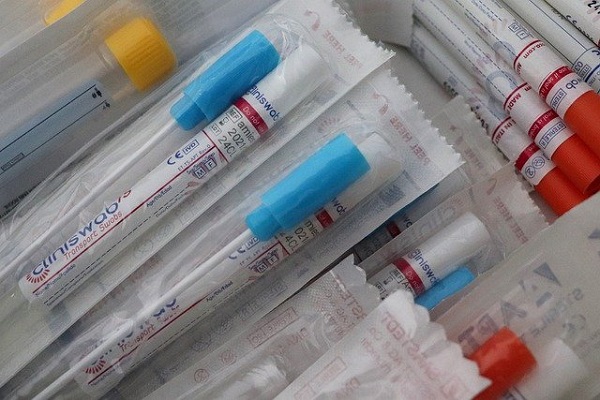 Credit: STATEC
Credit: STATEC
On 23 July 2021, the cabinet of the Government marked its agreement with the proposed COVID-19 testing approach for the period September-December 2021.
This is a testing strategy that will make it possible to continuously maintain a certain rate of testing within the Luxembourg resident population, even after the end of Large Scale Testing, which has been in operation for more than a year. The approach represents a way out of the thousands of tests performed per day towards standardisation while taking into account the evolution of the pandemic. Thus, the planned strategy will allow rapid action in the event of changes in the health situation.
The test strategy is based on 6 axes:
1. Regular, continuous rapid antigenic self-tests for the unvaccinated population (children from 4 to 12 years old until 18 December, Christmas holidays and young adults from 12 to 18 years old until 29 October, school holidays for All Saints' Day). These tests will be carried out in schools and / or relay houses. This measure will ensure the monitoring of children who at this stage have not yet been able to benefit from a vaccination.
2. Regular continuous testing for people who are highly vulnerable to COVID-19 (staff and residents of nursing homes, COPAS, hospitals and other structures). Rapid tests within these institutions and vulnerable people are maintained to ensure continuous screening.
3. Emergency PCR test device / clusters. The objective is to intervene in the event of a cluster in a specific location (schools, nursing homes, companies, regions, etc.) in order to identify the entire scope (including sequencing) allowing the best to eliminate the spread of the virus.
4. TAR system for emergency interventions and general reserve. This is to prepare a strategy that can be used in an emergency such as an exponential growth of positive cases or a significant increase in hospitalisations. The objective is to intervene quickly in order to sharply reduce the prevalence rate of the virus in the Luxembourg population.
5. Serological monitoring. The objective is to monitor the seropositivity rate (antibody level) continuously in the population to deduce an immunity rate. These tests are also organised systematically within the accommodation facilities for the elderly to ensure close monitoring of this more vulnerable population.
6. New Large Scale Testing. Large-scale testing will be started again in the event of a negative development of the pandemic. In the event of an exponential increase in new cases and hospitalisations due, for example, to the presence of new, more pathogenic variants, the government will again offer testing on a larger scale adapted to the situation.








